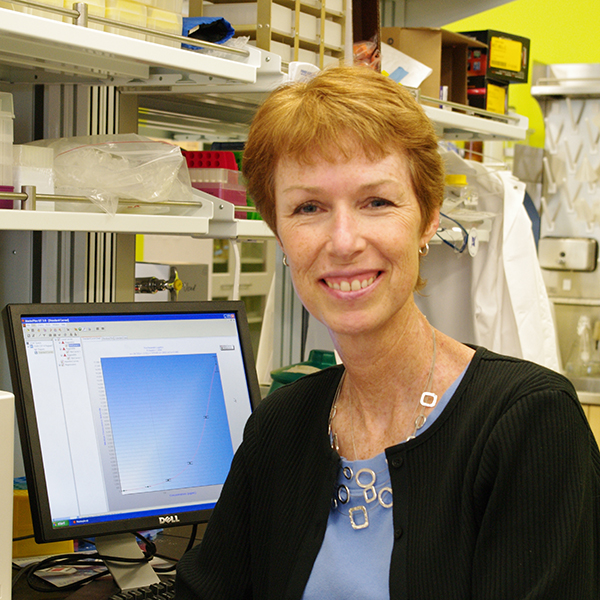Researchers have identified a surprising shift in biomarkers of Alzheimer’s Disease in its early stages. It suggests that the pathology of the disease begins years before cognitive symptoms appear. Scientists at the Washington University School of Medicine used the biomarkers to assess brain changes linked to the disease in research volunteers. The level of markers of neuronal injury increase in the spinal fluid for at least a decade before the onset of dementia, but for the first time the research shows they later reverse course, decreasing as symptoms of memory loss and mental decline appear.
“We’re not sure why this reversal occurs, but understanding it may be very important for clinical trials of drugs to treat or prevent Alzheimer’s,” said senior author Professor Anne Fagan (pictured).
Evidence suggests that as Alzheimer’s assaults the brain, dying cells releases the biomarkers, freeing them to be washed into the spinal fluid. Fagan said these changes in biomarkers are likely to be among the criteria used to assess the success or failure of Alzheimer drugs. “So we need to know how these biomarkers normally behave in the absence of treatment.” Fagan and colleagues studied data from the Dominantly Inherited Alzheimer’s Network (DIAN), a multinational research project led by university. Professor Fagan told Freedom2Live, DIAN has three performance sites in Australia that recruited and evaluated research participants for this study and provided data to the project.
Blood Test Can Predict AD. In other Alzheimer’s news, for the first time a blood test that can detect the disease years before the onset of symptoms has been developed by scientists at the Georgetown University Medical Centre in Washington. This blood test is based on the levels of lipids in the bloodstream with 90 per cent accuracy. Researchers took blood samples from 525 healthy volunteers aged over 70 as part of a five-year study. They were able to identify those who would progress to mild cognitive impairment or AD and those who would remain normal. The findings were published in Nature Medicine.


